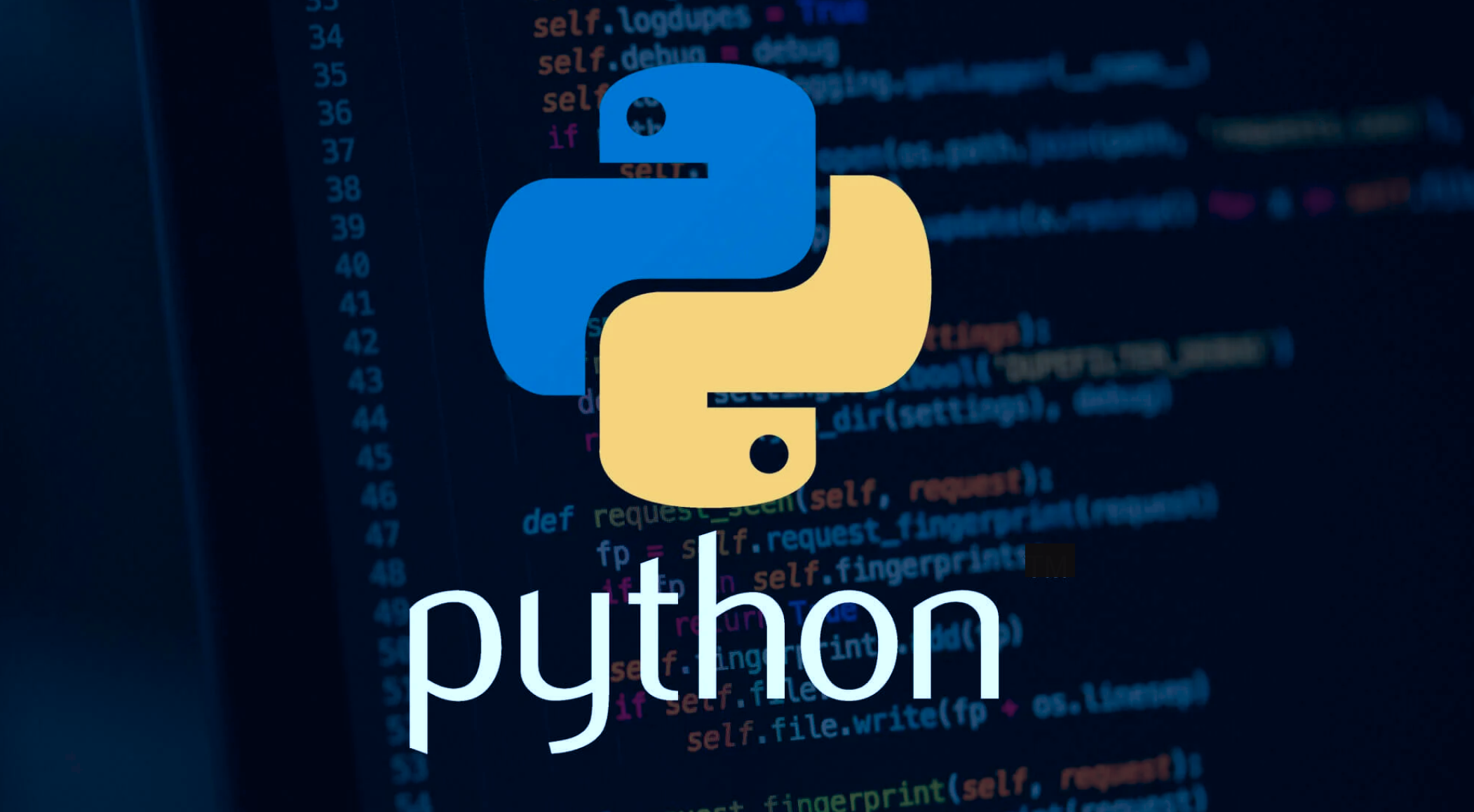Introduction
The emphasis on skills-based assessments is increasingly pronounced in the evolving talent acquisition landscape. According to LinkedIn’s report, 76% of professionals believe that skills assessments are an effective way of evaluation, and 82% of companies have implemented skill assessment tests. Skills-based assessments provide a more objective measure of a candidate’s capabilities and can help identify top performers.
This trend reflects a growing recognition that skills-based assessments offer a more objective measure of a candidate’s capabilities, especially in technical roles. For hiring managers, this data underscores the importance of structuring interviews around practical, skill-focused questions, particularly in technical domains like C programming.
By leveraging this approach, companies can more accurately gauge a candidate’s proficiency and potential for success in the role, moving beyond traditional metrics to a more comprehensive and fair evaluation.
According to InsightGlobal, on average, candidates go through 2-4 interviews before getting a job offer. This can include a combination of phone interviews, initial interviews, panel interviews, and final interviews.
This journey can encompass various interview formats, ranging from initial phone screenings to comprehensive panel interviews and concluding with final interviews. Each stage serves a distinct purpose, collectively painting a comprehensive picture of a candidate’s technical abilities, problem-solving skills, and cultural fit.
This is where Interview Zen steps in, revolutionizing the technical interview process. By focusing on practical, code-related questions, InterviewZen streamlines the assessment process, making it more straightforward and relevant for both interviewers and interviewees. This approach is particularly effective for evaluating proficiency in C.
In this article, we will learn what C language is, and we will then explore the top 7 C technical interview questions. These questions are designed to delve deep into a candidate’s understanding of C, testing their abilities beyond mere theoretical knowledge.
With the help of these questions, hiring managers can transform their technical interviews into a more effective and streamlined process, ensuring they select the best talent proficient in C programming.
What is C?
C, a programming language, was developed in the early 1970s at Bell Labs by Dennis Ritchie. C has been the foundation for subsequent programming languages like C++, Java, and Python and complex operating systems, including UNIX.
C is known for its low-level access to memory and minimal runtime support, which allows for efficient coding and optimal use of system resources. Programs written in C can be easily adapted to run on various types of hardware, making C a universally applicable language.According to TechRepublic, C is the 2nd most popular programming language in 2023, favored for system-level programming, embedded systems, and applications requiring high performance.
Many leading technology companies across various industries use the C programming language:
- Microsoft: Microsoft has a long history with C, using it to develop early versions of many of its software products, including the Windows operating system.
- Apple: Parts of the macOS operating system are written in C. Moreover, C is used extensively in the development of various system-level software for Apple’s devices.
- Google: Google employs C for performance-critical system components. The language’s efficiency and speed are essential for handling large-scale, high-performance systems at Google.
- Oracle: Known for its database products, Oracle uses C for the development of its database management systems, where performance and efficiency are key.
- IBM: IBM utilizes C for system software and embedded systems development, leveraging its efficiency for high-performance computing solutions.
- Intel: As a leader in chip manufacturing, Intel uses C to develop firmware and system-level software that operates close to the hardware.
- Adobe: Adobe’s range of products, known for their graphical processing capabilities, often rely on C for critical performance-intensive components.
In terms of application domains, C is versatile. It’s extensively used in developing system software like operating systems and firmware. Moreover, its applications extend to creating software for embedded systems found in automobiles, medical devices, and appliances. The language’s speed and efficiency make it ideal for critical resource optimization tasks.
C programming interview questions are essential for evaluating a candidate’s foundational knowledge and coding skills. This is especially true for roles that involve system programming, embedded systems, or any domain where performance and efficiency are paramount.
Understanding C’s role and applications helps create effective technical interview questions and appreciate the depth and breadth of a candidate’s skills in software development.
Top 7 C Technical Interview Questions
1. Array Rotation
| Task | Write a C function named ‘rotate’, which receives an array and its size as arguments. The function should perform an in-place rotation of the array elements by one position to the right. |
| Input Format | The input will be an integer array and its length. |
| Constraints | The minimum array size should be 1. |
| Output Format | The output will be the array after it has been rotated by one position. |
| Sample Input | int arr[] = {1, 2, 3, 4, 5}; int n = 5; |
| Output | 5 1 2 3 4 |
Suggested Answer:
| void rotate(int arr[], int n) {
int temp = arr[n-1]; for (int i = n-1; i > 0; i–) arr[i] = arr[i-1]; arr[0] = temp; } |
Code Explanation
The ‘rotate’ function temporarily stores the last array element (arr[n-1]) to prevent data loss during the shifting process. Then, it iteratively moves each element one position to the right using a for loop. After completing the shifts, it places the initially saved element (temp) at the start of the array (arr[0]), thus achieving the rotation.
| Common Mistakes to Watch Out For |
|
| Follow-ups |
|
| What the question tests? | This question assesses the candidate’s ability to manipulate arrays, a fundamental skill in C programming. It simulates real-world scenarios where developers frequently need to shift, rotate, or rearrange data within arrays. Understanding and implementing the rotation logic showcases the candidate’s grasp of array indexing and data manipulation in C. |
2. String Palindrome
| Task | Create a C function named isPalindrome to check if a provided string is a palindrome. |
| Input Format | The input is a single string. |
| Constraints | The string will contain only alphanumeric characters. |
| Output Format | The function should return 1 if the string is a palindrome and 0 if it is not. |
| Sample Input | racecar |
| Output | 1 |
Suggested Answer
| int isPalindrome(char* str) {
int l = 0; int h = strlen(str) – 1; while (h > l) { if (str[l++] != str[h–]) { return 0; } } return 1; } |
Code Explanation
In isPalindrome, the function initially calculates the length of the string to establish two index pointers: l (at the start) and h (at the end). It then iteratively compares the characters at these pointers. If a mismatch is found (characters at l and h are not the same), it returns 0, signifying the string isn’t a palindrome. If they match, l is incremented and h is decremented, and the comparison continues until h becomes less than or equal to l. At this point, if no mismatches have been found, the function returns 1, confirming the string as a palindrome.
| Common Mistakes to Watch Out For |
|
| Follow-ups |
|
| What the question tests? | This question evaluates the candidate’s grasp of string manipulation and comparison in C, essential skills for many software development tasks. A well-formulated solution shows the candidate’s competency in handling string operations and their understanding of pointer manipulation, a key aspect of C programming. |
3. Linked List Reversal
| Task | Create a C function named reverseList that inverts the order of nodes in a linked list. |
| Input Format | A pointer to the head node of a singly linked list. |
| Output Format | The function should return 1 if the string is a palindrome and 0 if it is not. |
| Sample Input | Linked List: 1 -> 2 -> 3 -> 4 -> NULL |
| Output | Reversed Linked List: 4 -> 3 -> 2 -> 1 -> NULL |
Suggested Answer
| typedef struct Node {
int data; struct Node* next; } Node; void reverseList(Node** head_ref) { Node* prev = NULL; Node* current = *head_ref; Node* next = NULL; while (current != NULL) { next = current->next; current->next = prev; prev = current; current = next; } *head_ref = prev; } |
Code Explanation
The reverseList function reverses a linked list by altering the direction of the next pointers in each node. Starting at the head, the function iterates through the list. In each step, it redirects the next pointer of the current node to point to its previous node. Before altering the next pointer, it saves the original next node in next. This process continues until the end of the list is reached. Finally, it designates the prev node (the last node processed) as the new head of the list, effectively reversing the linked list.
| Common Mistakes to Watch Out For |
|
| Follow-ups |
|
| What the question tests? | This question assesses the candidate’s adeptness with pointers and dynamic memory management, as well as their understanding of complex data structures like linked lists. These skills are critical in C programming, especially in system-level programming, where efficiency and resource management are important. |
4. Calculate the Nth Term
| Task | Create a recursive function in C to find the nth term of a series ‘S’, where each term is the sum of the three preceding terms. |
| Input Format | The first line will contain a single integer n, and the next line will have three space-separated integers a, b, and c, representing the first three terms of the series. |
| Constraints |
|
| Output Format | Output the nth term of the series, S(n). |
| Sample Input | 5
1 2 3 |
| Output | 11 |
Suggested Answer
| #include <stdio.h>
int S(int n, int a, int b, int c) { if (n == 1) return a; if (n == 2) return b; if (n == 3) return c; return S(n-1, a, b, c) + S(n-2, a, b, c) + S(n-3, a, b, c); } int main() { int n, a, b, c; scanf(“%d %d %d %d”, &n, &a, &b, &c); printf(“%d”, S(n, a, b, c)); return 0; } |
Code Explanation
This recursive function, S, calculates the nth term of the series by summing up the three previous terms. It uses base cases for the first three terms of the series (a, b, and c). For any term beyond the third, it recursively calls itself to calculate the sum of the previous three terms. This recursion continues until it reaches the base cases, effectively calculating the desired term of the series.
| Common Mistakes to Watch Out For |
|
| Follow-ups |
|
| What the question tests? | This question assesses the candidate’s understanding of recursion, a fundamental concept in C programming. It tests their ability to implement recursive logic correctly while ensuring an appropriate exit condition to prevent infinite loops. This question is essential for roles requiring algorithmic thinking and efficient problem-solving skills. |
5. Implementing a Stack
| Task | Write a C program to implement a stack data structure using a linked list. The program should include functions for push (adding an element) and pop (removing an element). |
| Input Format | The inputs will be the sequence of operations (push or pop) along with the elements to push onto the stack. |
| Output Format | The output will be the elements that are popped from the stack. |
| Sample Input | Operations: push(1), push(2), push(3), pop(), pop() |
| Output | 3, 2 |
Suggested Answer
| #include <stdio.h>
#include <stdlib.h> typedef struct Node { int data; struct Node* next; } Node; Node* top = NULL; void push(int data) { Node* newNode = (Node*)malloc(sizeof(Node)); if (!newNode) { printf(“Heap overflow”); exit(1); } newNode->data = data; newNode->next = top; top = newNode; } int pop() { if (top == NULL) { printf(“Stack underflow”); exit(1); } else { Node* temp = top; int poppedValue = temp->data; top = top->next; free(temp); return poppedValue; } } |
Code Explanation
The provided code demonstrates how to create a stack using a singly linked list in C. The push function allocates memory for a new node, checks for successful memory allocation, and, if successful, sets the node’s data and inserts it at the top of the stack. The pop function first verifies if the stack is not empty. If the stack has elements, it removes the top element, retrieves its output value, and frees the allocated memory for that node.
| Common Mistakes to Watch Out For |
|
| Follow-ups |
|
| What the question tests? | This question evaluates the candidate’s understanding of essential data structures like stacks and their practical implementation using C, focusing on dynamic memory allocation and pointer manipulation. Successfully addressing this problem indicates proficiency in memory management and a thorough grasp of data structures’ lifecycles and behaviors, which is crucial for efficient low-level and system programming in C. |
6. Binary Tree Traversal
| Task | Implement a C function inorderTraversal to perform an in-order traversal of a binary tree. |
| Input Format | The input is a pointer to the root node of a binary tree. |
| Output Format | Print the nodes of the binary tree following an in-order traversal sequence. |
| Sample Input | Binary Tree Structure: Root = 1, Left Child of Root = 2, Right Child of Root = 3 |
| Output | 2, 1, 3 |
Suggested Answer
| #include <stdio.h>
#include <stdlib.h> typedef struct Node { int data; struct Node* left; struct Node* right; } Node; void inorderTraversal(Node* root) { if (root != NULL) { inorderTraversal(root->left); printf(“%d “, root->data); inorderTraversal(root->right); } } |
Code Explanation
The inorderTraversal function employs recursion to traverse a binary tree in the in-order manner. This traversal approach involves first visiting the left subtree, then the root node, and finally the right subtree. The function, upon receiving a non-null root node, recursively visits the left subtree, prints the data of the root node, and then proceeds to recursively visit the right subtree.
| Common Mistakes to Watch Out For |
|
| Follow-ups |
|
| What the question tests? | This question gauges the candidate’s understanding of binary trees, their traversal methods, and the concept of recursion. It is a common query in C interviews due to the fundamental nature of these concepts in computer science, particularly in problems involving data organization and processing. |
7. Hash Table Implementation
| Task | Create a C program to implement a basic hash table, employing chaining to resolve collisions. |
| Input Format | The inputs will be the keys and corresponding values to be inserted into the hash table. |
| Output Format | The program should retrieve and display values based on the provided keys. |
Suggested Answer
| #include <stdio.h>
#include <stdlib.h> #include <string.h> typedef struct node { char* key; char* value; struct node* next; } node; typedef struct hashtable { int size; struct node** table; } hashtable; hashtable* createHashtable(int size) { hashtable* newTable; if (size < 1) return NULL; if ((newTable = malloc(sizeof(hashtable))) == NULL) { return NULL; } if ((newTable->table = malloc(sizeof(node*) * size)) == NULL) { return NULL; } for (int i = 0; i < size; i++) { newTable->table[i] = NULL; } newTable->size = size; return newTable; } unsigned int hash(hashtable* hashtable, char* key) { unsigned int hashval = 0; for (; *key != ‘\0’; key++) { hashval = *key + (hashval << 5) – hashval; } return hashval % hashtable->size; } node* createNode(char* key, char* value) { node* newNode; if ((newNode = malloc(sizeof(node))) == NULL) { return NULL; } newNode->key = strdup(key); newNode->value = strdup(value); newNode->next = NULL; return newNode; } void set(hashtable* hashtable, char* key, char* value) { unsigned int bin = hash(hashtable, key); node* newNode = createNode(key, value); newNode->next = hashtable->table[bin]; hashtable->table[bin] = newNode; } char* get(hashtable* hashtable, char* key) { unsigned int bin = hash(hashtable, key); node* pair = hashtable->table[bin]; while (pair != NULL && pair->key != NULL) { if (strcmp(pair->key, key) == 0) { return pair->value; } pair = pair->next; } return NULL; } |
Code Explanation
The code illustrates how to create a simple hash table in C using chaining.
The key elements include:
- Creating the hash table structure.
- Generating hash values from keys.
- Managing key-value pairs.
The hashing function translates keys into indices. In cases of collision (when different keys yield the same index), chaining is implemented using a linked list of key-value pairs for each index, ensuring efficient handling of multiple entries.
| Common Mistakes to Watch Out For |
|
| Follow-ups |
|
| What the question tests? | This question assesses the candidate’s proficiency with several important concepts in C programming, including dynamic memory allocation, pointers, linked lists, and the implementation of complex data structures like hash tables. Hash tables are a key data structure renowned for their efficiency in storing and retrieving key-value pairs. |
Conclusion
In this article, we have explored 7 top C technical interview questions, each designed to probe the depth of a candidate’s understanding of various C programming aspects. From array manipulation and string handling to more complex tasks like implementing data structures and understanding recursion, these questions are tailored to reveal potential software developers’ proficiency and problem-solving abilities.
As hiring managers, integrating these questions into your technical interviews can significantly enhance the effectiveness of your recruitment process. They provide a robust framework to assess candidates’ essential programming skills and theoretical knowledge, ensuring that your selection is based on concrete evidence of their coding capabilities.
Interview Zen offers an ideal platform to refine and further structure your technical interview process. By utilizing Interview Zen, you can streamline the creation of comprehensive technical assessments, ensuring a thorough evaluation of each candidate’s skills and suitability for software development roles. The platform’s focus on practical, code-related questions aligns perfectly with the needs of today’s tech-driven hiring landscape.
We encourage hiring managers to explore Interview Zen for assistance in building more structured, efficient, and effective technical interviews. By doing so, you can confidently navigate the challenges of finding the right talent, ensuring your team is equipped with skilled and competent software developers.
Take the next step in optimizing your technical interviews – visit Interview Zen today for tools, resources, and guidance that will transform your hiring process.
Don’t miss the opportunity to elevate your hiring practice to the next level. Try Interview Zen for your next round of technical interviews.
Read more articles:




